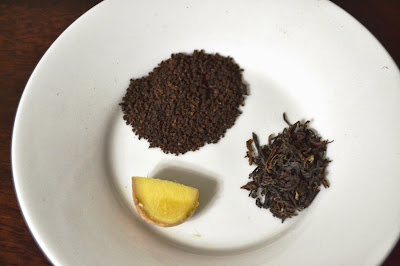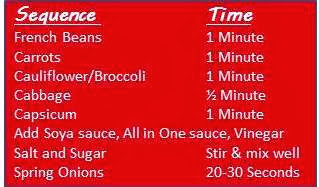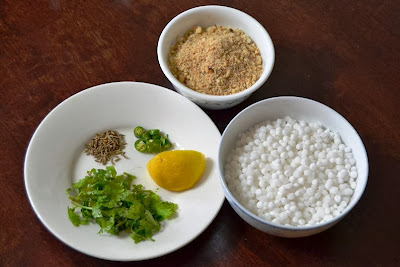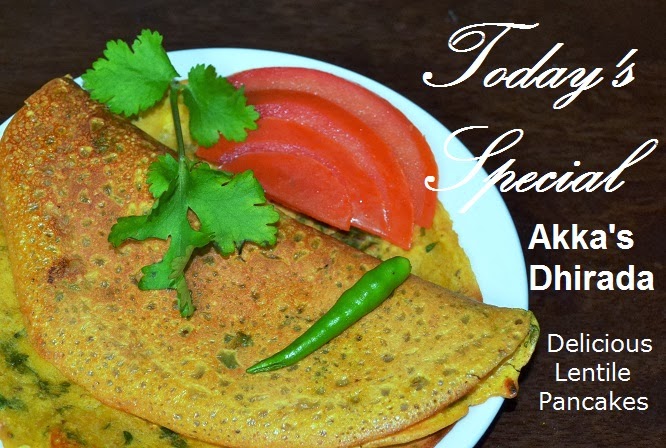All these I have been talking
about the way food was cooked in second half of last century and I gave simple
recipes for evening snacks. There are few more to come before I start giving
recipes for the breakfast. However last week someone requested me to explain
how to make good tea. I was foxed. I thought everyone can make tea. I thought
and realized that the most difficult preparation to make is tea. You may not
believe, but it’s a fact. Had it not been like that then we would have never
heard the sporadic comments like tea is good today or aaj chai badhiya bani hai (आज चाय बढिया बनी है ) and similar. I really appreciate my
friend who has been frank enough admit inability to make tea. This needs guts. Thanks.
Good tea is very subjective. Some
one likes strong tea, someone is found of light tea. Some like aroma others
wants strength. Somebody is fond of lots of sugar others aren’t. in addition
there are large number of factors that are beyond our control, like quality of
tea leaves, quality of milk, steeping time, brewing time, temperature of the
tea to be served, climatic conditions and as I always say, that a tinge of love
added while preparing the tea.
 |
| Indian Tea with Milk and Ginger |
We had tea in India much before
British learnt how to spell tea. When East India Company got firmly rooted in India
they encouraged the tea plantation in Assam in nineteenth century for their
commercial interest. India has been the largest producer of tea. Today India is
pushed from top position to second largest tea producer’s position by China. Tea
has been a native plant in Assam and some antique recipes of tea leaves and
garlic are also documented. Contrary to this many researchers claim that tea
travelled from China to India. Hope China doesn’t claim that Assam is a part of
their territory on this pretext. In one of the four ancient novels, “The Dream
of the Red Chamber”, the author Cao Xueqin has mentioned that the tea was
imported and consumed by rich people in China. Some researchers believe that tea
is native of India and has been mentioned even in Ramayan. Some believe that
the Somras, is tea. Black tea is a fermented product and so is, as claimed,
Somras. The base for any alcoholic beverage is of vegetable origin and so is
for most of the intoxicants (afim, charas, ganja, tobacco etc) except two
legged human beings (your sweetheart) and chemicals (LSD, amphetamine and
alike). Ayurveda has been advocating various infusions, commonly called as Kadha, may be kind of herbal tea, so tea
is certainly not alien to us. Finally I
can beyond any doubts claim that tea is not from China. It would have never
lasted so long unlike Chinese goods.
Tea has been regionalized. In
China it’s the green tea. There are also flavoured teas like the most popular,
Jasmin tea. From China tea travelled to Japan in the eighth century where the
monks of Zen Buddhism had tea to keep them awake for meditation. Here again
when tea is served it is usually green tea; however black tea and Chinese jasmine
tea are also popular. Milk is not added to tea in these countries.
British enjoy tea. The typical “English
Breakfast Tea” is a blend of tea from India, Sri Lanka and Kenya. The other
popular blend is for Earl Grey Tea, which is a black tea with addition of oil
from fragrant citrus fruits that offers a distinctive taste and aroma. These
two blends popular in the UK are strong blends, and therefore milk is added to
the brew.
Americans have been ungrateful to
tea. In fact they owe their independence to tea. It was the Boston Tea Party, a
protest against tea duties in 1773 that sparked off the American War of
Independence. Had tea not been there, America would have been yet another
British colony. But Americans forgot tea and chose coffee. Times changed, Chai has attracted Starbucks, Dunkin
Donuts and many other American fast-food and beverage joints. Snapple offers ice
cold fruit flavoured tea in American market.
Tea is a national drink of India.
India has 30% consumption of world tea production and 70% of India’s produce is
consumed locally. Tea was again a rich man’s drink in this country till 1950.
Government of India set up Tea Board in 1950 and then after there is no looking
back. Tea is different in every state in India. Commonality is Indians need
strong brew. Fragrance is manageable as chai
masala, ginger, cardamom mask the original flavor. There is no better drink
than Adrakwali Chai with Pakodas or Batata Vada anytime on a rainy day or a hot cup of tea when one is
out of the bed, particularly in morning in the winter season.
 |
| Mix that's needed to make Chai Adraki |
Let’s see how an acceptable cup
of Adrakwali chai should be made. I
have tried to standardize the process so that the taste remains same or similar
in every attempt. For as much tea I want, I usually take that much quantity of
water. So for one cup of prepared tea, I take one cup of water. I understand
this is fundamental but it is important. Even the tea pot is same every time.
Pour water in the pot, grate small piece of ginger directly in the water, add one
and half teaspoon sugar, more or less as per your taste, and bring it to boil.
Once the boiling is vigorous, reduce the flame and add two third teaspoonful of
tea powder/granules. Boil this for one minute by watch. Now add one third teaspoonful
of Darjeeling tea leaves. Stir well with a spoon. Swich off the flame and cover
for two minutes, again by watch. This is the time I give for tea leaves to
brew. After two minutes slightly lift the cover, if you see the leaves still floating
on the surface then you have to cover again and wait for a while. The leave
generally settle down when the brewing is complete. While brewing is going on
take about one fourth cup of milk in a microwave safe cup and heat for 30
seconds. Milk will be near boiling temperature. Carefully remove this from oven
and pour in the tea decoction. Pour slowly so as to judge the desired strength
and colour of the tea. You may need more or even less depending upon quality of
tea and milk that you use. Strain the tea in your favourite mug or cup. If you need
it hot then microwave for maximum fifteen seconds. Few trials will help you
reach a level of standardization. What I do is to take a particular brand of
tetrapack milk with higher fat contents. In USA I use half and half, in India
avoid any toned milk if you want good tea. Not to worry about calories as the
quantity that you are going to use for one cup of tea will be about 50 ml of
milk. You can certainly adjust this by eating one candy less or doing more workouts.
I am sure in few trials you will boast that making good tea is my cup of tea. Remember there is no
substitute to a good refreshing cup of tea, even though I like coffee. Enjoy.







